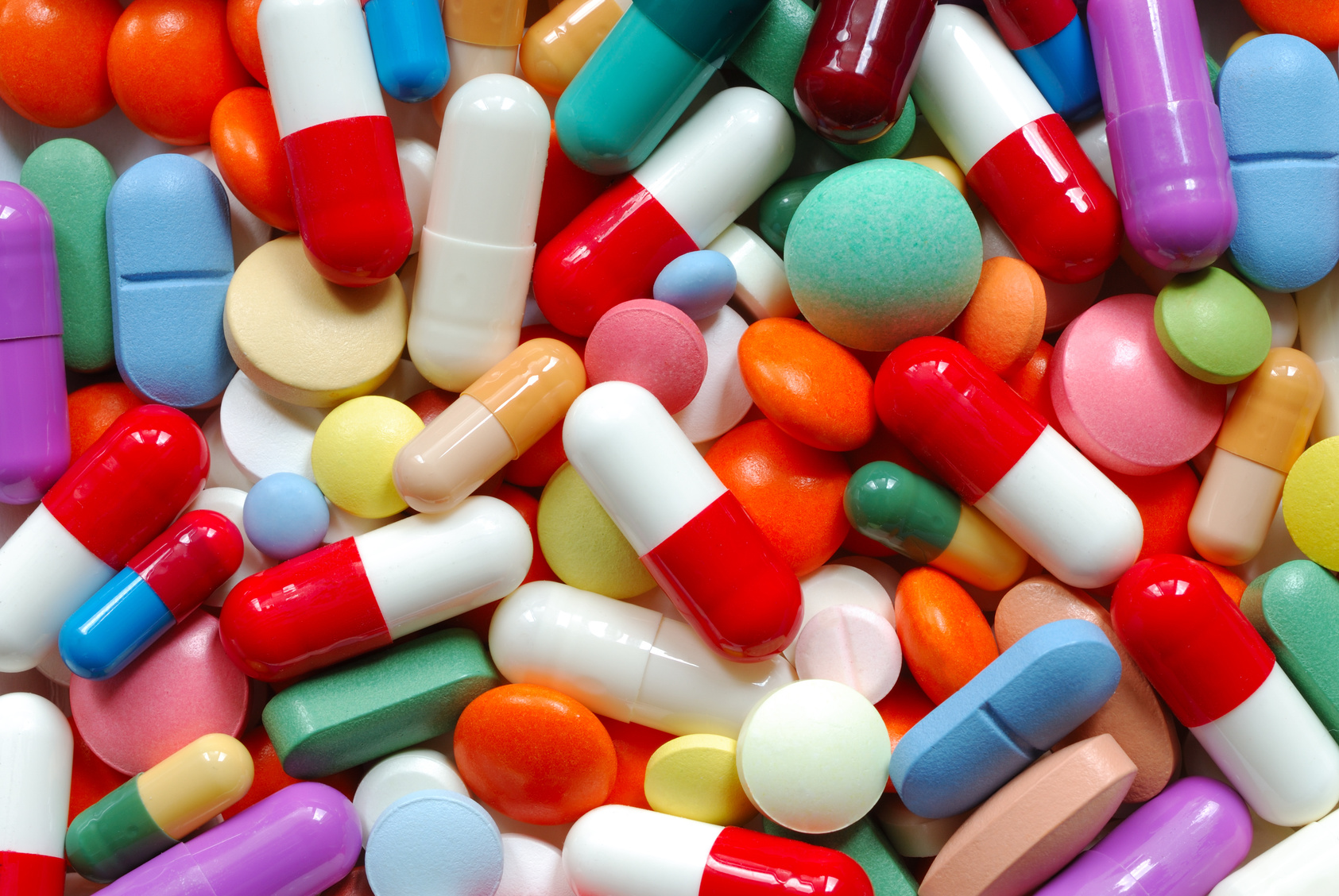By Jay Hancock
Drug companies launched an ad and publicity extravaganza this year right after President-elect Donald Trump said they “are getting away with murder” on sky-high pill prices.
More than it has in years, the pharmaceutical industry fears major legislation that would curb prices and shrink profits. TV spots lauding drug companies, quoting poet Dylan Thomas and showing heroic scientists have been hard to escape.
But the narrative from the Pharmaceutical Research and Manufacturers of America (PhRMA), a trade group, is only the rosiest, most self-serving version of the tale, say critics, and numerous independent authorities question its assertions.
They say the campaign is misleading in these five ways:
1. Lowballing drugs’ cost to society.
For years, PhRMA said retail prescription drugs account for only 10 percent of America’s enormous health care bill. Lately, the group has been using a figure of 14 percent, counting chemotherapy and other drugs delivered in hospitals and doctor offices.
Both numbers downplay the expense of prescription meds. Arriving at the industry’s estimates requires lumping drug costs in with billions in public health spending, such as checking water and animals for pathogens, as well as nursing home care and other categories only loosely connected to the day-to-day job of healing the sick.
Retail drugs alone were 21 percent of the cost in 2014 for employer-sponsored health plans, often exceeding costs for inpatient hospital treatment. Add chemotherapy and other non-pharmacy drugs, and the portion is higher.
At CareFirst, a BlueCross BlueShield plan with members in Maryland, Virginia and the District of Columbia, total drug costs when chemotherapy and other hospital-administered medicines were added became a thumping 34 percent of the expense in the first half of 2017, says CEO Chet Burrell. By contrast, inpatient care, traditionally the most expensive health service, is about 20 percent of CareFirst’s costs.
“That tells you about the power of what’s going on with the drug prices and the degree of use of the drugs,” Burrell said.
2. Exaggerating drug development costs.
Inventing, testing and launching a drug costs $2.6 billion, calculates the Tufts Center for the Study of Drug Development. The industry substantially finances the center’s work, leading many to question its credibility. Drug companies use its conclusions to justify high prices and cite this figure at every turn.
Outside authorities criticize the research, saying it comes from untestable data, ignores enormous tax subsidies that reduce costs and inflates results with imaginary expenses, such as profits that could have been earned if drug companies invested research dollars elsewhere.
“These estimates are all based on secret, unverifiable numbers of unknown reliability from unknown companies about unnamed drugs,” said Donald Light, a health policy professor at Rowan University in New Jersey.
The Tufts results line up with publicly available data, counters Joseph DiMasi, economic analysis director for the Tufts Center. “If anything, they suggest our estimates are conservative,” he said.
But an independent study published in September using public filings found the median cost of developing 10 cancer drugs was $648 million, while the median revenue per drug was $1.7 billion.
Light and other critics especially object to counting, as part of development costs, the theoretical profit firms might have earned if they put research money into something other than inventing drugs — such as buying extra ads for existing products. That adds more than $1 billion to the supposed cost.
What settles the argument is drugmakers’ audited financial statements, which show that costs of all kinds are far below what they collect in revenue. Ten of the top publicly traded U.S. drug companies earned profits of $83.6 billion last year on revenue of $306 billion, regulatory filings show. That’s a 27 percent pretax profit margin — accomplished even after spending billions on TV ads and salespeople.
3. Cheering too loudly about a slowdown in drug costs.
Fueled partly by hepatitis C medicine costing as much as $1,000 a pill, retail prescription drug spending soared by 12 percent in 2014 and another 9 percent in 2015, according to government data. That was the biggest two-year increase in a decade.
So it’s no surprise growth is reverting to the mean now that there are fewer new blockbusters. Government figures aren’t in yet for 2016. But QuintilesIMS, which tracks wholesaler sales, says drug spending grew 4.8 percent last year.
“The slowest rate in years,” brags PhRMA, quoting a magazine. Actually, drug-spending growth was even lower from 2010 to 2013 before roaring back.
In any case, 4.8 percent is still twice the inflation rate for 2016 and greater than economic growth, which determines what the country can afford over the long term.
New drugs arriving to market, often involving living cells and gene therapy, look more expensive than ever. The announced cost for Novartis’ Kymriah therapy for kids with leukemia is $475,000 for a one-time treatment.
Drug companies seem to show concern about high prices only when there’s a danger Congress might do something about them. In January, AbbVie loudly promised to keep price increases under 10 percent this year. Now that political pressure has subsided, company executives said recently they have more “flexibility” to revert “to double-digit increases in 2018 and beyond,” according to a Sept. 22 report from Leerink, an investment research firm.
AbbVie subsequently said Leerink “incorrectly characterized” the remarks. The drugmaker promised to make “one, single-digit price increase” for 2018.
4. Exaggerating the role of generics.
“Nearly 90 percent of all medicines dispensed in the United States are generics,” says PhRMA, trying to argue drugs are cheap.
The group doesn’t mention that brand-name medicines are responsible for 74 percent of prescription costs and that drugmakers do everything in their legal power to keep pills from going generic after patents expire.
“PhRMA has fought for years to keep generics off the market,” said Robin Feldman, a law professor who researched the subject for a book, “Drug Wars,” published in June, which she co-authored. “The brunt of the pain of that is felt by U.S. citizens,” who pay more for medicine than anybody in the world, she said.
Industry tactics have included paying makers of generics not to make pills; filing dubious petitions opposing generics that cause months of delay; withholding samples that generics companies need to launch their own pills; and changing dosages or delivery mechanisms in tiny ways to get a new patent, Feldman said.
5. Exaggerating benefits from new drugs.
“Since 2000, biopharmaceutical companies have brought more than 500 new medicines to U.S. patients, resulting in significant progress against some of the most costly and challenging diseases,” says one of PhRMA’s promotions.
Rather than being breakthroughs, however, too many new drugs are “me-too” substances based on previous research, critics say. Many aren’t demonstrably better than cheaper, already available drugs yet get heavily promoted through expensive ads and salespeople.
Bernard Munos worked for years at Eli Lilly and now is a consultant and sits on the board of several small, drug-related companies. He credits the industry with creating drugs that “are superb and make a difference,” such as Gleevec, Novartis’ blood-cancer drug.
But there are not nearly enough of them, he says.
“One of the challenges of the industry is that, despite all of its efforts, it has not been successful in producing more of the really transformative drugs,” he said. “Mediocre drugs are starting to price themselves at almost the same level as the really innovative drugs. And this is a market failure.”
This story was produced by Kaiser Health News, a nonprofit health newsroom whose stories appear in news outlets nationwide, is an editorially independent part of the Kaiser Family Foundation.
KHN’s coverage of prescription drug development, costs and pricing is supported in part by the Laura and John Arnold Foundation.
Disclaimer: The viewpoint expressed in this article is the opinion of the author and is not necessarily the viewpoint of the owners or employees at Healthcare Staffing Innovations, LLC.








